Although I have recently retired from the classroom, I’ve continued to teach through a couple of the many amazing educational programs offered by the Gibbes Museum of Art. I have been able to do what I love: making classroom lessons relevant and authentic for students through artistic creation. As a Teaching Artist in the Gibbes “Art to Go” educational program as well as in the Museum’s collaboration with Engaging Creative Minds, I have been able to work with a variety of schools to enhance core subjects by making connections with the arts. Using both the classroom standards as well as the art standards, the teachers and I collaborate to create a fun and engaging experience for the students.
Recently, the Art to Go program has expanded its influence to middle schools (following my requests to work with my favorite age group of students!). Northwoods Middle School and Simmons-Pinckney Middle School welcomed me with open arms for my first experience in arts integration through the Gibbes. The principals of both schools, knowing their respective teachers well, paired me with two amazing teachers who were ready to join in my quest to bring creativity to the monotony of core curriculum. Using the exhibition A Shared Legacy: Folk Art in America as inspiration, we designed and created units in their respective subjects that would culminate in the production of amazing art products.
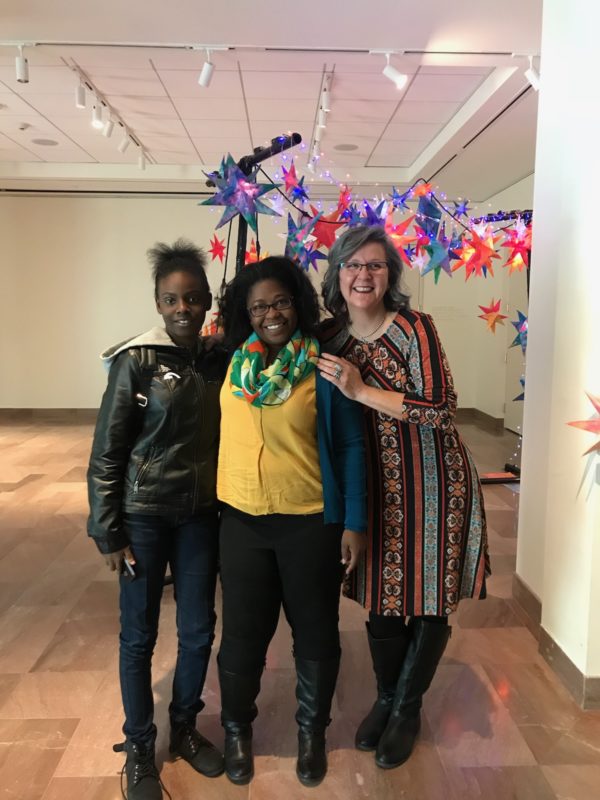
After we explored a variety of folk art through art, music, dance, literature, and folk stories within different cultures, the students began to recognize common characteristics of folk art and understand it as an art form that is from and for the people. The students understood that oftentimes, works of folk art were created by artists without formal artistic education and were created to serve a utilitarian purpose or tell a story using materials that were readily available to them. Performance art was typically of unknown authorship, as it was transmitted orally from generation to generation. Additionally, many cultures shared common themes in their folk art including repeated patterns, bright colors, as well as bold use of lines and rhythm.
In Ms. Zoe Roff’s sixth-grade math class, Northwoods Middle School students used this knowledge when examining Matryoshka—Russian nesting dolls—and made connections with their math unit using ratios and proportions. Students were inspired during their field trip to the Gibbes by Patrick Dougherty‘s Betwixt and Between and Mary Jackson’s sweetgrass baskets to create their own art using weaving techniques. Using proportions, students created three or more nesting baskets and painted them in bright colors with gold embellishment.
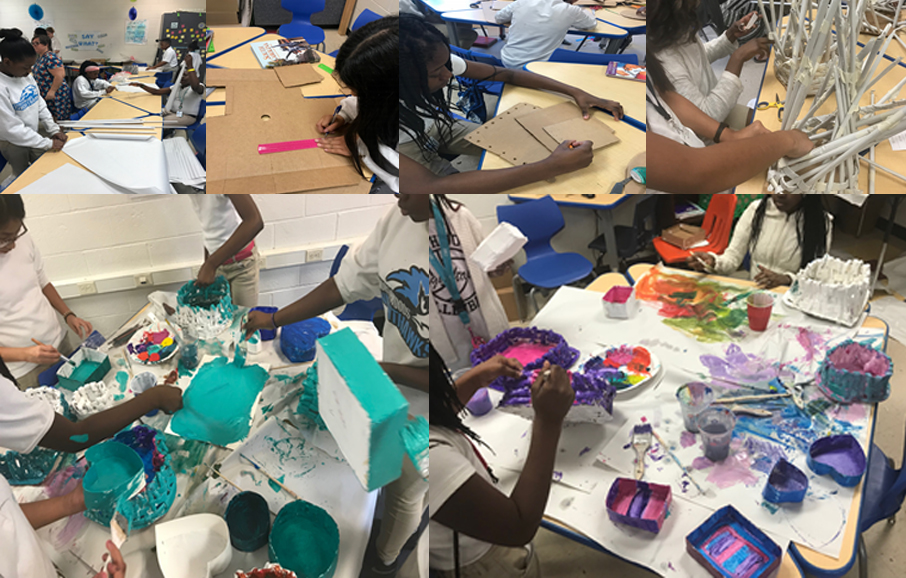
At Simmons-Pinckney Middle School, Ms. Adeogun’s eighth-grade science class used the knowledge of folk art characteristics to examine American barn stars more closely and make connections with their science unit on the solar system, including the Milky Way, blue stars, and red giants.
The students learned about warm and cool colors while creating watercolor paintings with a variety of textural effects achieved through chemical reactions including absorption, resistance, and saturation. Next, they practiced the Japanese folk art form of folding paper, origami, to create paper star lanterns out of their watercolor paintings. These lanterns were then used to design an installation piece that represents their interpretation of the Milky Way. Finally, Ms. Adeogun rewrote the popular children’s folk song “Twinkle Twinkle Little Star” with lyrics reflecting the scientific concepts learned to accompany and exalt her students’ work all the while helping them to remember the concepts learned throughout the unit.
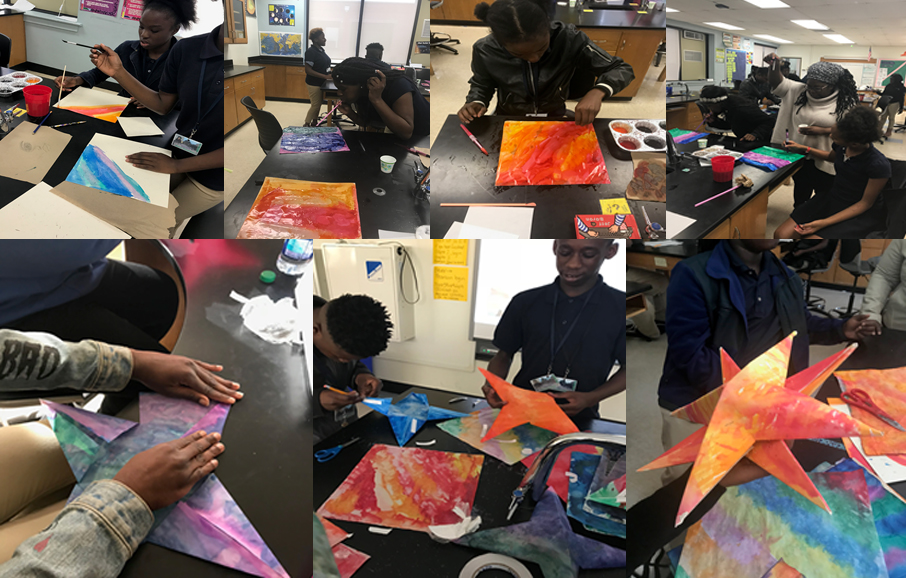
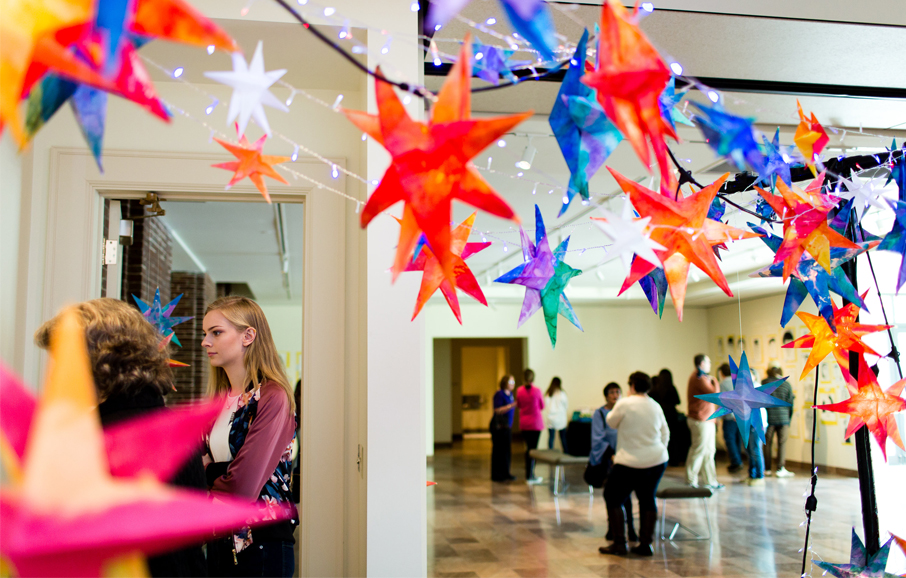
Through the Gibbes partnership with Engaging Creative Minds, I was able to work with a team of third-grade teachers who wanted to integrate reading with the arts. They were focused on illustrating how mood is created in books. The teachers chose a specific book, which they read and studied in class. Gibbes Museum Educators Elise Detterbeck and Lucie Medbery started the program by discussing the mood, identity, and setting in Marvin Redpost by Louis Sachar. I solidified the theme of mood and setting while discussing how artists use color to achieve the same creative effects. The students “painted” with paper using tissue paper and drew their dog in a continuous line drawing and in doing so were able to understand the connection between how artists and authors use similar concepts to create a sense of mood and setting.
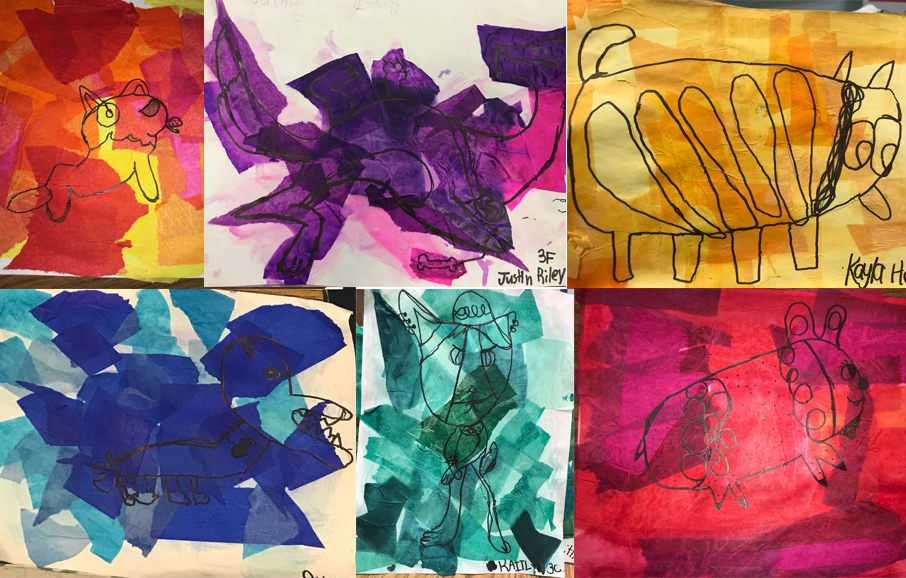
In April, another ECM project will take me to C.E. Williams Middle School to work with their seventh-grade science students to create “Systisms,” a study of the human systems, by creating sculptural human bodies. Each system will be represented separately but needs to be integrated into one body. Each of the eight classes will study a specific “Ism”, that is, a specific art movement such as Impressionism, Cubism, or Surrealism, etc. The students will then be asked to paint or similarly embellish their human model with the characteristics of their “ism” or artist. I am overcome with excited anticipation for this upcoming ECM project and I am particularly eager to witness the students’ interpretation of the human models.
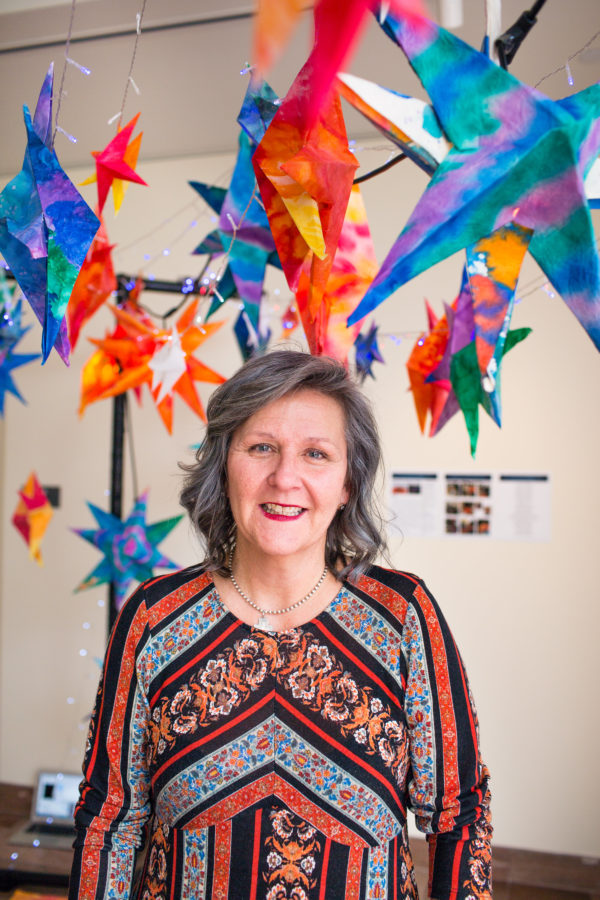
In the eyes of the public-school system I have retired, but to retire is to cease working, and I am far from done laboring to craft creative minds! Fueled by my passion for art, I seek to inspire a desire to understand the color and complexity of this world. I believe that an appreciation for the splendor of visual form can enhance and enrich the learning process, no matter the focus. My greatest satisfaction comes from imparting my excitement for artistic study, both in its function and rich history, to young minds. It is through the ignition of their imaginative desire upon perceiving the world around them that my own flame explodes, a raging tribute to the beauty and emotional power that is the human creative skill.
—Marielena Martinez, Gibbes Museum Teaching Artist and guest blogger
April 6, 2018
Top Image: Marielena’s passion for arts integration leads her to design creative and fun projects, such as these colorful nesting baskets used to engage students in their math lessons about proportions.

